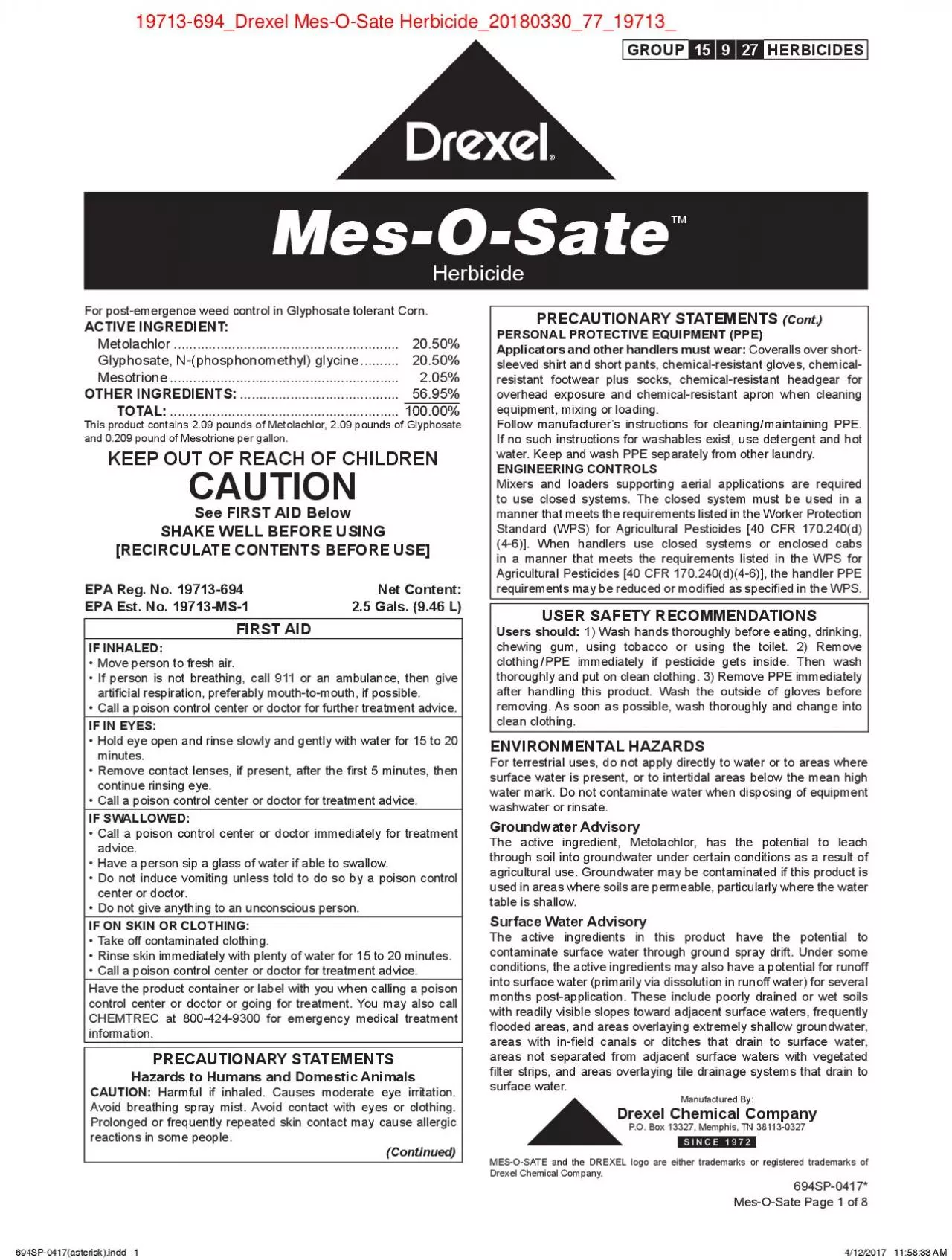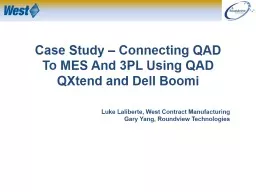PDF-19713-694_Drexel Mes-O-Sate Herbicide_20180330_77_19713_
Author : essencemessage | Published Date : 2020-11-19
MesOSate Page 1 of 8 Manufactured By PO Box 13327 Memphis TN 381130327 MesOSate153 Herbicide MESOSATE and the DREXEL logo are either trademarks or registered trademarks
Presentation Embed Code
Download Presentation
Download Presentation The PPT/PDF document "19713-694_Drexel Mes-O-Sate Herbicide_20..." is the property of its rightful owner. Permission is granted to download and print the materials on this website for personal, non-commercial use only, and to display it on your personal computer provided you do not modify the materials and that you retain all copyright notices contained in the materials. By downloading content from our website, you accept the terms of this agreement.
19713-694_Drexel Mes-O-Sate Herbicide_20180330_77_19713_: Transcript
Download Rules Of Document
"19713-694_Drexel Mes-O-Sate Herbicide_20180330_77_19713_"The content belongs to its owner. You may download and print it for personal use, without modification, and keep all copyright notices. By downloading, you agree to these terms.
Related Documents














